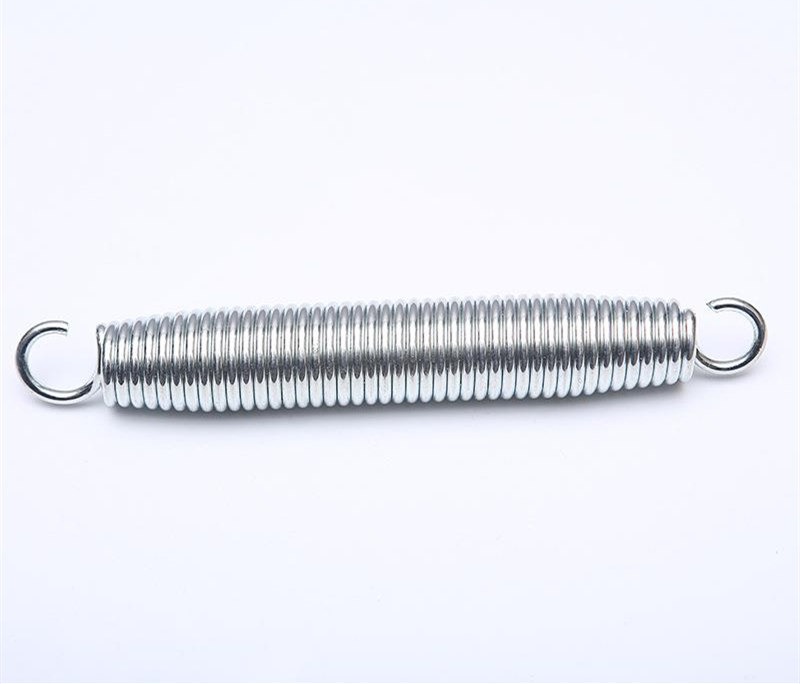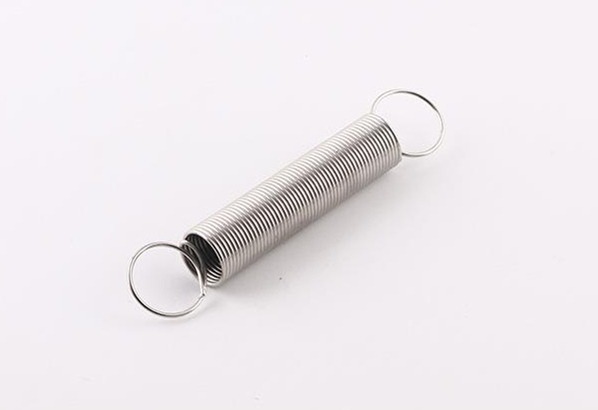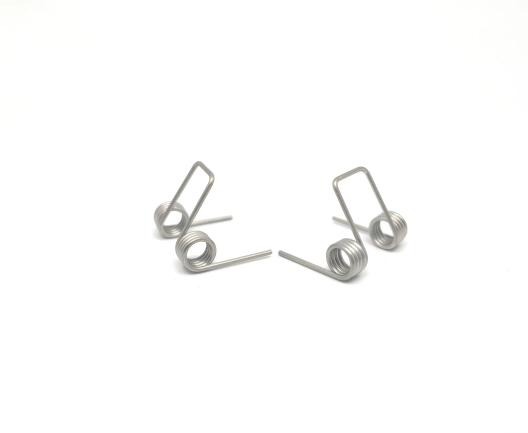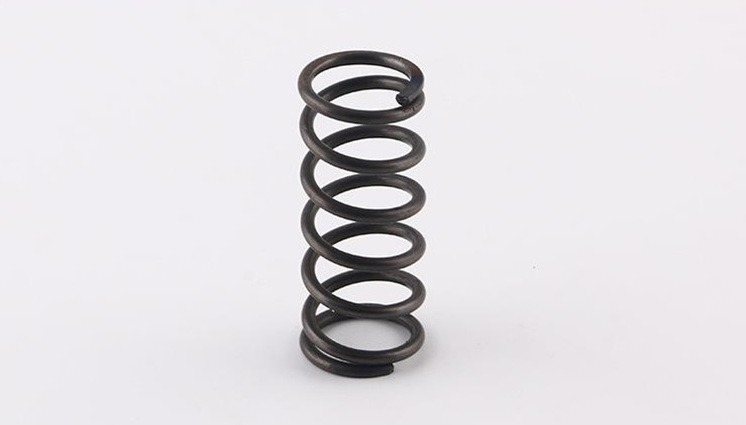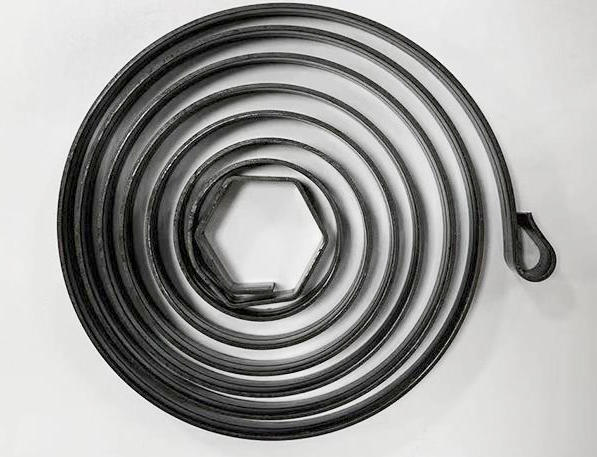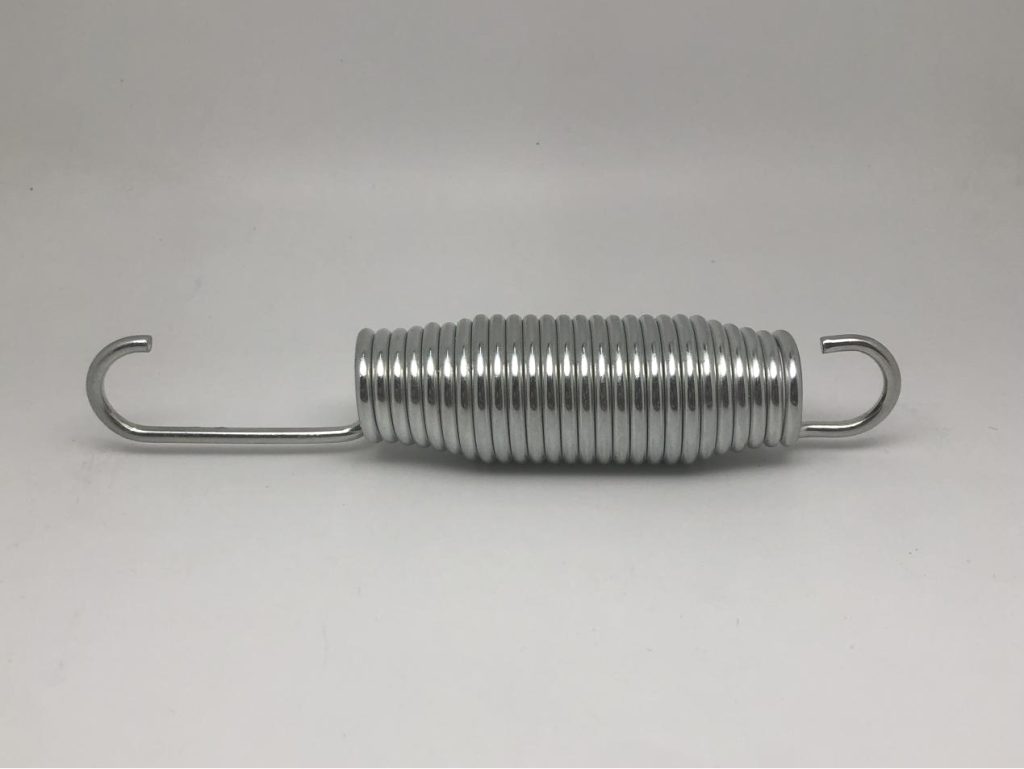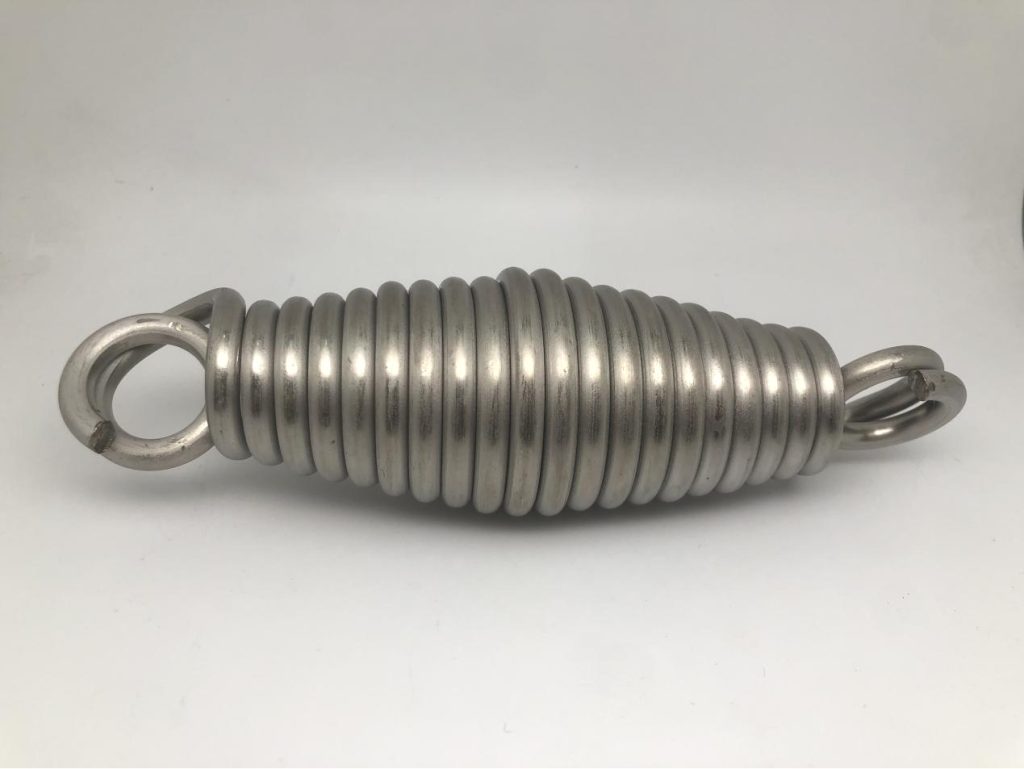What are Garage Door Tension Springs And How to Replace Them
Garage doors are an essential part of our daily lives, providing convenience, security, and protection for our vehicles and belongings. However, behind the seamless opening and closing of these doors lies a crucial component that often goes unnoticed – the garage door tension springs. These kinds of springs play a pivotal role in making the garage door operation smooth and safe. If you’re a homeowner looking to understand the importance of garage door tension springs and how to replace them when needed, this article is here to guide you through the process step-by-step. Before we dive into the specifics of replacing these springs, let’s first explore what they are and the crucial role they play in the overall functionality of your garage door.
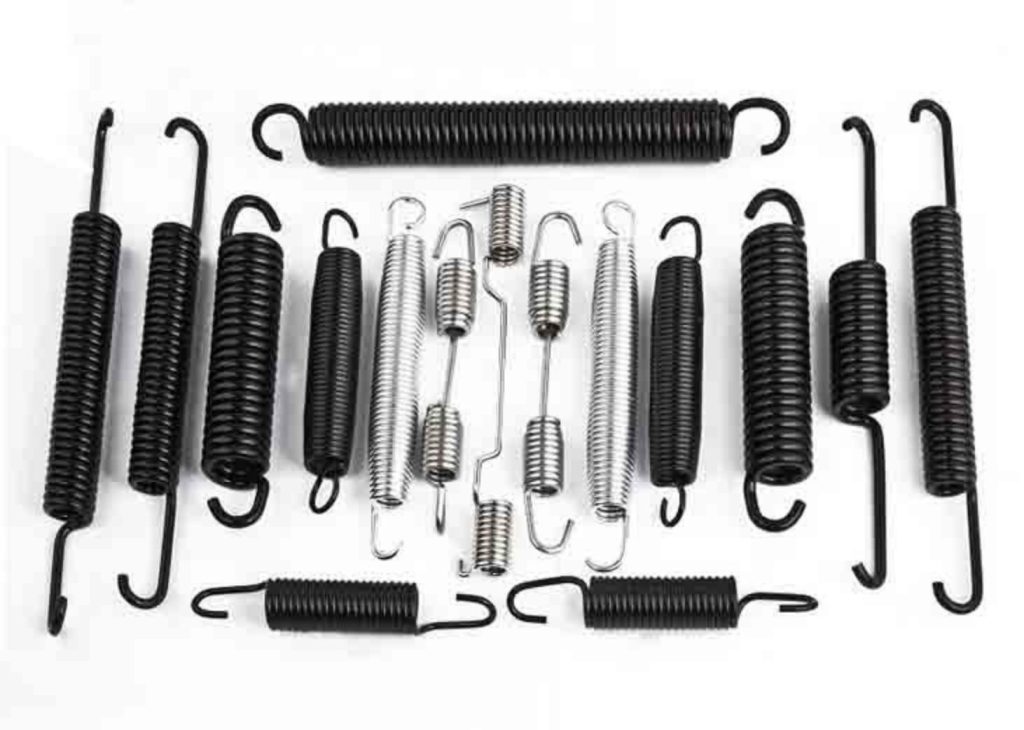
What are garage door tension springs?
Garage door tension springs, also known as garage door springs or simply door springs, are essential components of a garage door system. These tightly wound coils are typically mounted above the garage door, parallel to the header or horizontally above the door tracks. Their primary function is to counterbalance the weight of the garage door, making it easier to open and close manually or through the operation of a garage door opener.
There are two main types of tension springs used in garage doors:
- Torsion Springs: Torsion springs are more common in modern garage door systems. They are mounted horizontally above the door opening on a metal shaft. When the door is closed, the springs are under tension and store mechanical energy. As the door is opened, the springs unwind and release their stored energy, helping to lift the door and counterbalance its weight.
- Extension Springs: Extension springs are typically found in older garage door systems. They are mounted vertically on both sides of the garage door, parallel to the door tracks. When the door is closed, the extension springs are under tension, stretching as the door is lowered. As the door is opened, the tension in the springs aids in lifting the door and counterbalancing its weight.
The tension provided by these springs is crucial for the safe and controlled operation of the garage door. By counterbalancing the weight of the door, tension springs prevent the door from slamming shut or crashing to the ground when lowered, making it easier to lift manually and reducing the strain on the garage door opener motor for automated doors.
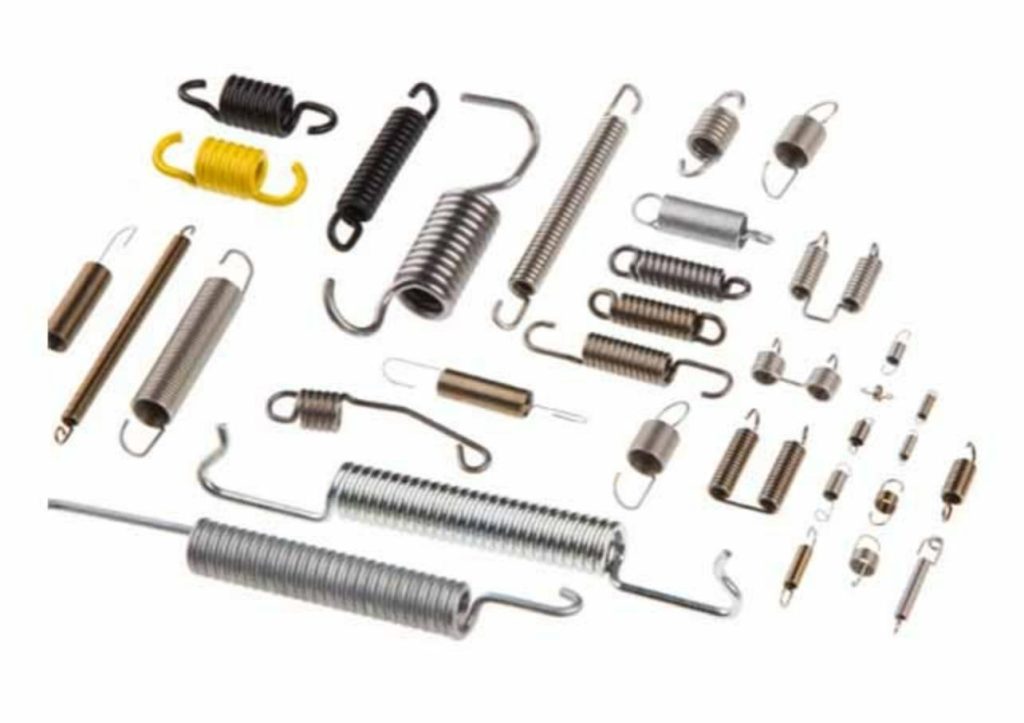
What are the functions of garage door tension springs?
The purpose and role of tension springs in the garage door system are critical to the proper functioning and safety of the door. Tension springs, also known as garage door springs, are tightly wound coils that store mechanical energy when the garage door is closed and release it when the door is opened. They play a vital role in counterbalancing the weight of the garage door, making it easier to lift manually or through the operation of an electric garage door opener. Here are the key functions of garage door tension springs:
- Counterbalance the Weight: The primary purpose of tension springs is to counterbalance the weight of the garage door. Garage doors can be heavy, especially those made of materials like wood or steel. Tension springs effectively offset this weight, reducing the amount of force needed to lift the door manually or by the garage door opener. Without tension springs, it would be extremely challenging and potentially dangerous to lift and lower the door.
- Facilitate Smooth Opening and Closing: Tension springs enable the garage door to move smoothly along its tracks when opening and closing. By providing the necessary force to lift the door, tension springs prevent the door from slamming shut or crashing to the ground when lowering, ensuring controlled and safe movement.
- Minimize Strain on the Garage Door Opener: For automated garage doors, tension springs significantly reduce the strain on the garage door opener motor. The springs carry most of the weight, allowing the opener to operate more efficiently and prolonging its lifespan.
- Enhance Safety: Properly functioning tension springs contribute to the overall safety of the garage door system. They help prevent sudden and uncontrolled movements of the door, which could cause injuries or property damage.
- Extend the Lifespan of the Garage Door System: By reducing the effort needed to open and close the door, tension springs help prolong the lifespan of other components, such as the garage door tracks, hinges, and cables.
- Support Garage Door Balance: Tension springs play a crucial role in maintaining the balance of the garage door. When the springs are properly adjusted, they ensure that the door remains level and does not tilt to one side, preventing potential operational issues and door misalignment.
- Allow Manual Operation During Power Outages: In the event of a power outage, tension springs enable the garage door to be operated manually. This is essential for ensuring access to the garage during emergencies or when the power is not available.
Overall, tension springs are indispensable components of the garage door system, providing the necessary force to lift and balance the weight of the door. Regular maintenance and inspection of these springs are essential to ensure they remain in good condition and continue to perform their role safely and effectively.
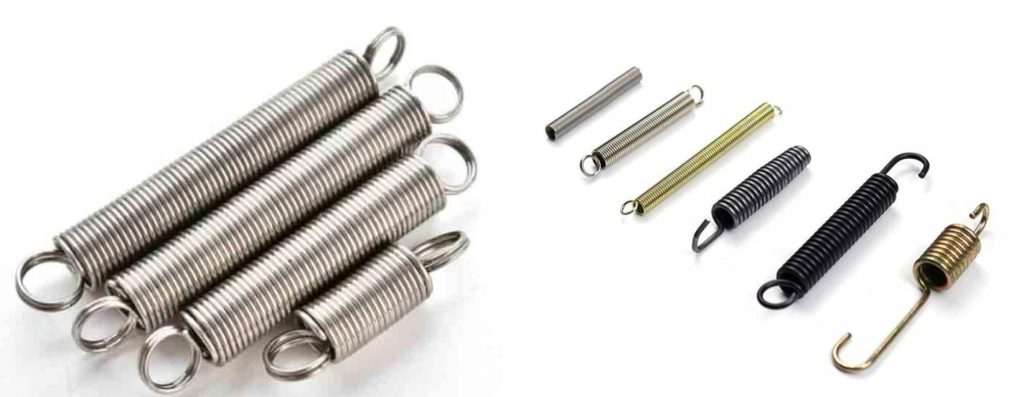
How do I replace garage door tension springs?
Replacing garage door tension springs can be a challenging and potentially dangerous task, so it’s crucial to proceed with caution and follow safety guidelines. As with replacing torsion springs, it’s generally recommended to hire a professional garage door technician to perform this task. However, if you have the necessary skills, tools, and experience, you can attempt to replace the tension springs yourself. Keep in mind that working with garage door springs can be hazardous, and improper handling can lead to serious injuries. If you decide to proceed, follow these general steps:
Important Safety Precautions:
- Before starting any work, disconnect the garage door opener from the power source and lock the door in the down positon. This prevents accidental opening of the door while you’re working.
- Always wear appropriate safety gear, including eye protection and heavy-duty gloves.
- Use the correct tools and equipment. Attempting to replace garage door tension springs without the right tools can be extremely dangerous.
Steps to Replace Garage Door Tension Springs:
- Identify the Type of Springs: Determine whether your garage door has extension springs or torsion springs. Extension springs run parallel to the tracks on both sides of the door, while torsion springs are located above the door, parallel to the header.
- Release Tension (For Extension Springs): To replace extension springs, you’ll need to release the tension from the springs first. This is typically done by unhooking the springs from the track hangers and then slowly lowering the door to relieve the tension.
- Remove Old Springs: Once the tension is released, carefully remove the old tension springs from their mounting brackets. Pay attention to the specific locations and orientations of the springs to ensure proper installation of the new ones.
- Install New Springs: Install the new tension springs in the same position and orientation as the old ones. Follow the manufacturer’s instructions carefully.
- Reattach Hardware: Securely reattach the springs to their mounting brackets, making sure they are properly aligned and seated.
- Adjust Spring Tension: Extension springs may require adjustment to achieve the proper tension. Adjust the springs equally on both sides to maintain balance.
- Test the Door: Manually test the garage door’s operation to ensure it opens and closes smoothly. Check for any signs of imbalance or malfunction.
- Lubricate Moving Parts: Apply a silicone-based garage door lubricant to all moving parts, including the springs, rollers, and hinges, to ensure smooth and quiet operation.
Remember that the steps provided are only a general guideline and may vary depending on your specific garage door and spring system. If you’re unsure about any aspect of the replacement process or lack experience in handling garage door springs, it’s best to contact a professional garage door technician to perform the task safely and effectively. Your safety should always be the top priority when working with garage door components.
Conclusion
Understanding garage door tension springs is essential for any homeowner, as they are integral to the safe and efficient operation of the garage door. These tightly wound coils silently counterbalance the weight of the door, making it easy to lift and lower with minimal effort. As we have seen, maintaining these springs and knowing when to replace them is crucial to ensure the continued smooth functioning of your garage door.
While replacing garage door tension springs is possible for experienced DIY enthusiasts, it’s vital to remember that mishandling these springs can lead to serious injuries. If you’re unsure about the process or lack the necessary expertise, it’s best to leave the task to professional garage door technicians who have the expertise and proper tools to perform the replacement safely and effectively.

